Kochia Burning Bush Red Flowering Seeds
₹150.00 ₹132.00
The plant takes a flaming red color in autumn season.Bloom beautiful flowers at your place to freshen your everyday with Kochia Burning Bush Seeds
Description
Purchase Description
- Marigold Rodeo Royal Mixed Colors Flowering Seeds
- Quantity : around 100 seeds
Description
when the kochia grass dries and turns into a tumbleweed, it is extremely flammable. Kochia burning bush was introduced to the United States by European immigrants who hoped to bring a touch of home into their new environment. Unfortunately, like many non-native species, kochia soon escaped its boundaries and became highly invasive.
Cattle, sheep and horses love kochia, which tastes much like alfalfa. However, the plant is toxic and can cause kidney and liver failure in animals that eat large quantities. The plant is useful as long as livestock growers manage the plant carefully so it is never the sole source of forage. However, keeping Kochia scoparia grass from running rampant isn’t an easy task. If you’re a denizen of prairie and desert regions, you’re familiar with tumbling tumbleweeds that occur when kochia dries and breaks off at the base of the plant. As the dry skeleton tumbles, it spreads thousands of seeds far and wide. Additionally, the sturdy roots can grow 10 feet into the soil in search of water.
Preventing development of seedheads is the first step in kochia control. The plant must be mowed frequently so it never grows beyond 18 to 26 inches. Kochia control may also involve use of pre-emergent herbicides, which provide control before seedlings emerge, or a post-emergent herbicide that controls the plant after seedlings emerge and are less than 4 inches tall. Many people mix pre-emergent and post-emergent herbicides to provide more complete control. Don’t apply herbicides unless you are sure the chemicals are registered for control of kochia scoparia grass. Complicating the matter even more is the fact that kochia is resistant to some herbicides, including 2,4-D. This is a good time to seek the advice of your local Agricultural Extension Agent. If you can manage kochia for two or three years and prevent it from going to seed, you may win the battle; the seeds hiding in the soil are relatively short-lived.
Growing and maintainance tips
- Kochia is well adapted to alkaline soils, but it is not known how well it does on acid soils.
- Therefore, lime to a pH of 6.
- 0; or try liming to different pH levels and observe the performance at each.
- Because kochia is not a legume, nitrogen needs to be applied in proportion to the amount removed.
- This amount to 40 to 60 lb N/ton of hay removed, or 100 to 250 lb N/acre.
- Do not apply more than 150 lb N/acre in one application, or nitrate toxicity can result.
- Apply 50 to 100 lb/acre prior to planting, and top dress the remainder later in the season based on anticipated yield.
- Kochia responds very little to phosphorus and is low in this element.
- Cattle grazing on kochia should be fed supplemental phosphorus.
- Under conditions of adequate moisture, high phosphorus, zinc and boron levels suppress yield.
- The use of manure to supply nitrogen will likely result in excess phosphorus.
- Because the potash requirements of kochia are not known, adjust soil K to a medium level.
- Experiment with additional potash to find a rate suitable for your growing conditions.
- Suggested rates are 24 to 50 lb K2O/ton of hay harvested.
Only logged in customers who have purchased this product may leave a review.


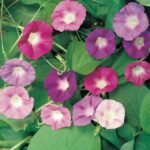



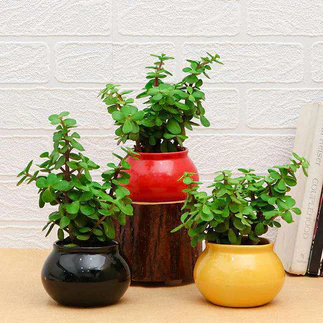
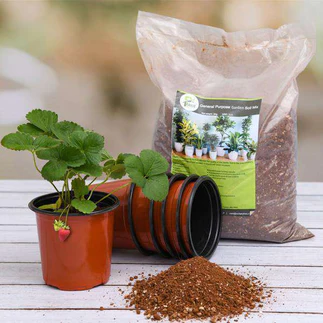
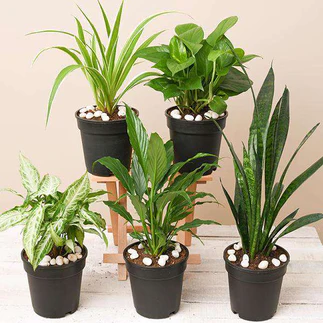
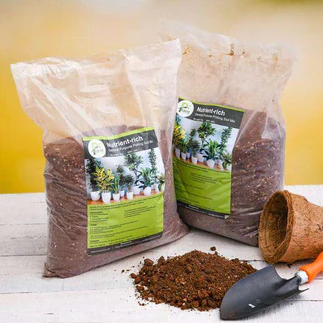

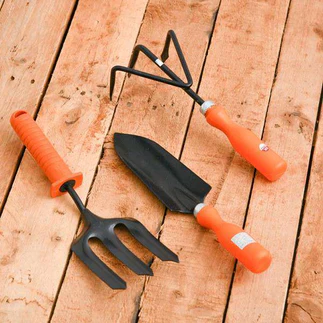
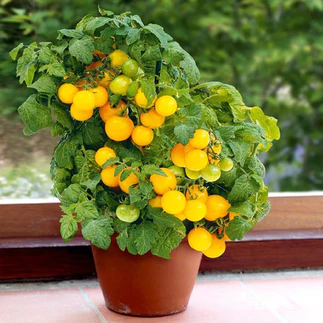
Reviews
There are no reviews yet.